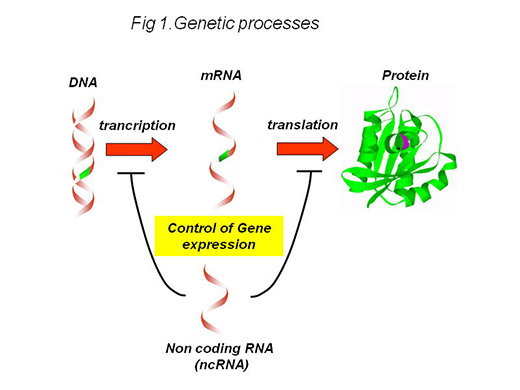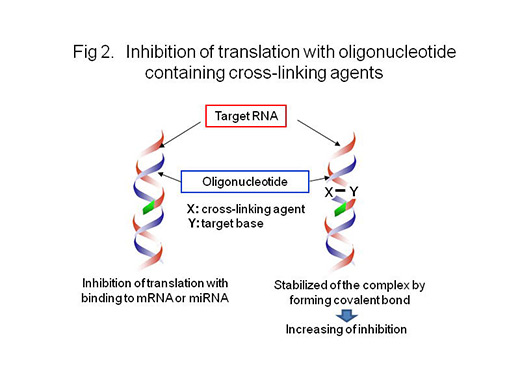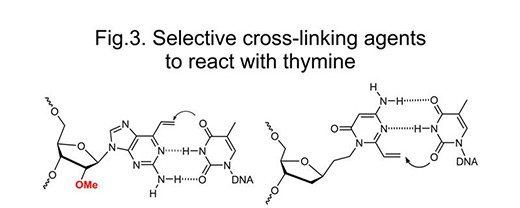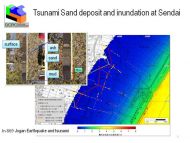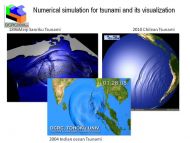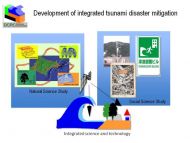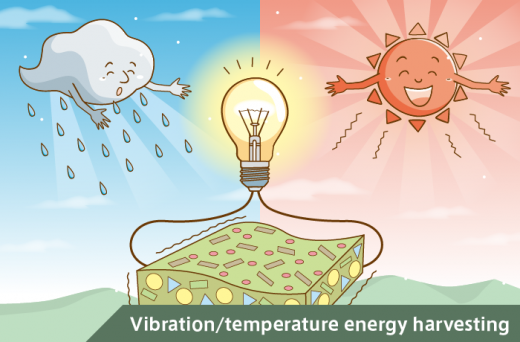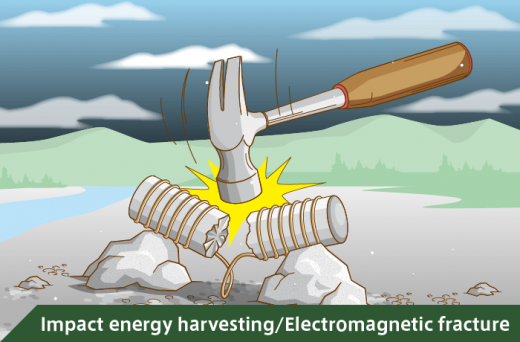"F" Researcher - 3 Result(s)
F
Development of Intelligent Molecules for the Regulation of Gene Expression in Cells
ResearchersInstitute of Multidisciplinary Research for Advanced Materials Fumi Nagatsugi
|
Development of Integration of Science and Technology for Tsunami Disaster Mitigation
ResearchersInternational Research Institute of Disaster Science Fumihiko Imamura
|
Performance enhancement and application development of energy harvesting materials by microstructure design
ResearchersGraduate School of Environmental Studies Fumio Narita
|


 Medical
Medical
 Life Sciences
Life Sciences
 Information Communication
Information Communication
 Environment
Environment
 Nanotechnology / Materials
Nanotechnology / Materials
 Energy
Energy
 Manufacturing Technology
Manufacturing Technology
 Social Infrastructure
Social Infrastructure
 Frontier
Frontier
 Human and social sciences
Human and social sciences

